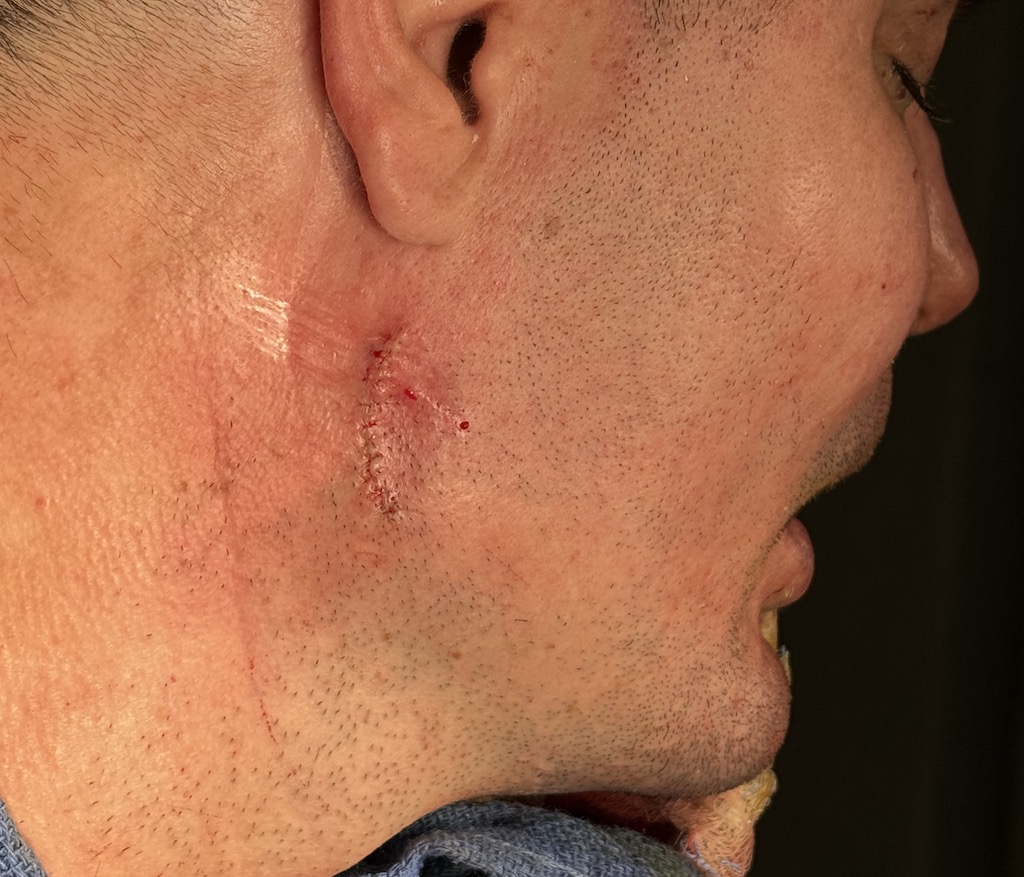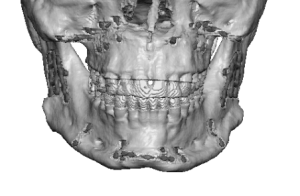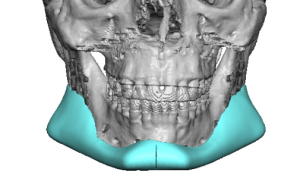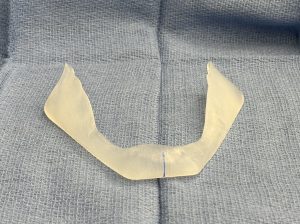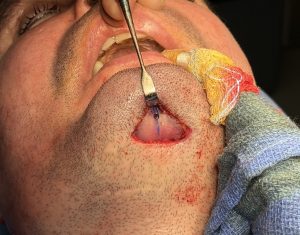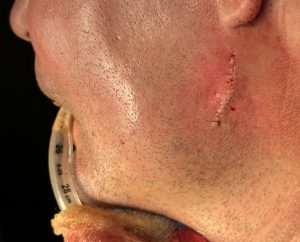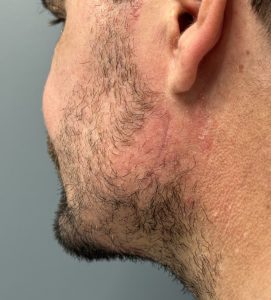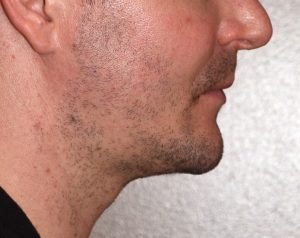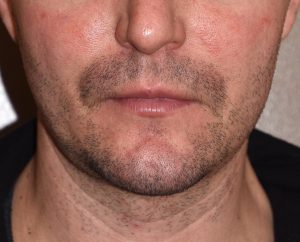Background: There are limited options for autologous or bony jaw augmentation methods. The most well known and used is the sliding genioplasty but this is limited to the chin. Lesser known is the chin wing osteotomy, touted as a complete jaw augmentation method but it is limited by the bone cuts to the anterior 2/3s of the jawline. It can create no dimensional changes to the jaw angles and often can make the shape of them les defined and more irregular in shape.
As a result some chin wing patients need to go on to an implant-based method of jaw augmentation if they desire a more complete 3D change. The custom jawline implant is the definitive jaw augmentation method to do so. This wrap around implant can be placed over a mandible that has had a prior chin wing procedure but there will be some challenges in doing so. The elevation of the soft tissues off of the bone will be more adherent and the indwelling hardware can make passage and placement of the implant onto the bone more difficult.
But the one consideration from the prior chin wing procedure that can have the biggest concern in custom jawline implant placement is the extended intraoral vestibular incision needed to do it. Delayed healing from the original procedure may portend similar problems which if ti occurs over an implant increases the risk of infection. There is also the patient which have an unfavorable memory of the recovery from the bony procedure and may want to avoid any further intraoral surgery.
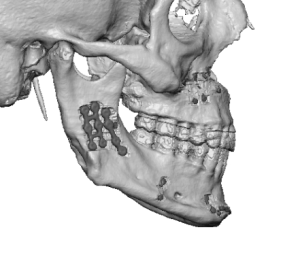
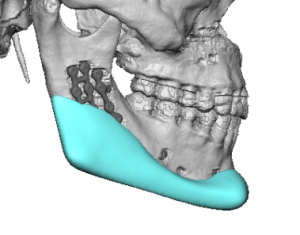
Per his preference he preferred not to use any intraoral incisions and wanted only an external approach.
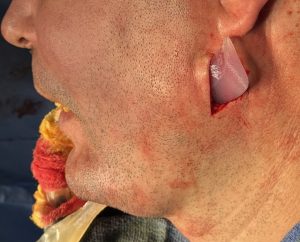
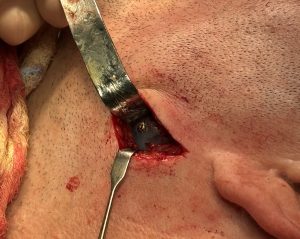
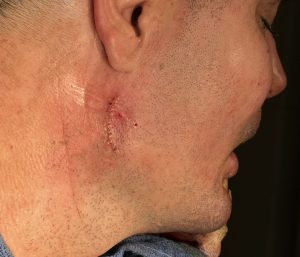
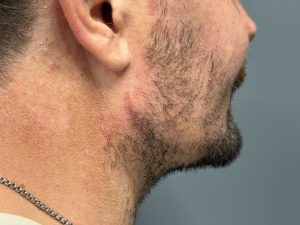
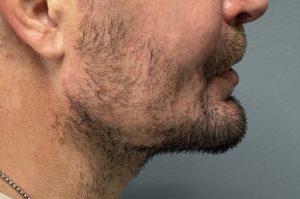

Key Points:
1) The chin wing osteotomy can leave the jawline irregular and can not achieve a 3D dimensional augmentative change.
2) The extended intraoral incisions used for a chin wing osteotomy and the recovery from them can make patients prefer to avoid re-opening them again.
3) The transcutaneous approach for a custom jawline implant placement may be preferred by patient preference and lowers the risk of infection and implant malpositioning.
Dr. Barry Eppley
World-Renowned Plastic Surgeon

